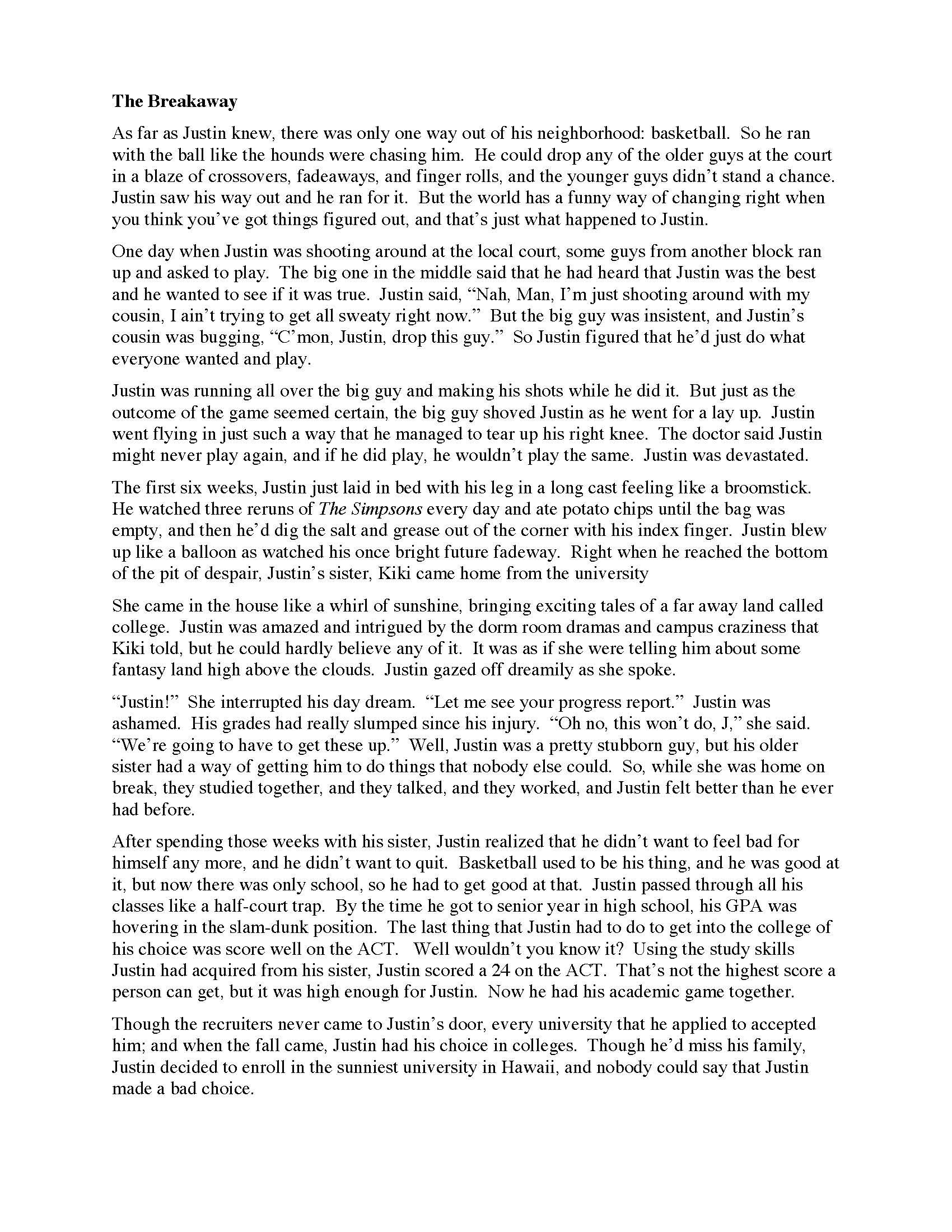
Many stories have a plot structure that we can graph. It looks like a triangle. A conflict is introduced, tension rises, a major change occurs. This major change is called the climax. After the climax the tension falls. The protagonist, or main character, may face a final moment of suspense. Then the story is resolved.
This page features a bunch of little stories that I wrote to help teach students story structure. These are concise little tales that can be read in a few minutes and easily graphed on the story structure triangle. They will give students the ground work to understand how story structure affects momentum and mood. Plot structure can be more complicated than a simple triangle, but these stories are simple. I hope that these free story structure worksheets will help students learn to identify narrative structure.
"The Breakaway"Here's an activity to help students review plot and story structure. Students will read a motivational story about an athlete who sustains an injury and has to find another way to succeed. Then they will analyze and identify structural elements of the story. Suggested reading level for this text: Grade 4-8.



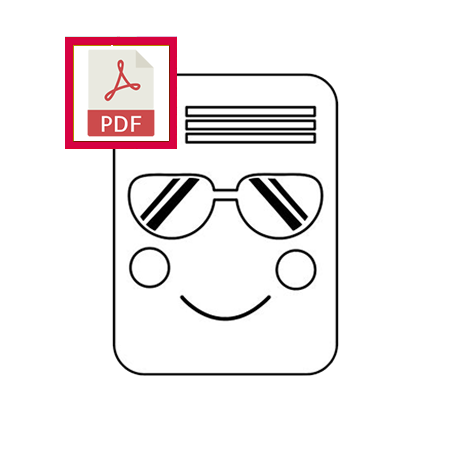
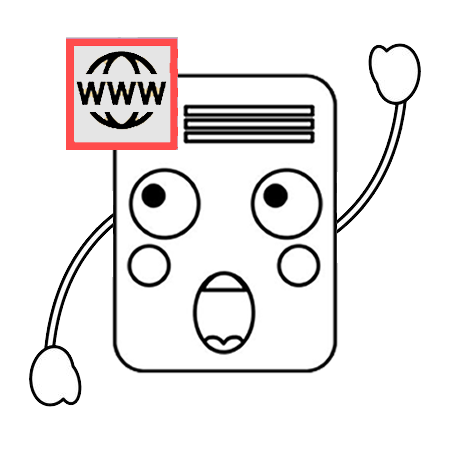

Students read a motivational story and identify the story structure parts: exposition, rising action, climax, falling action, and resolution. This activity includes a skill sheet that tests students' understanding of other reading skills as well. Suggested reading level for this text: Grade 5-9.
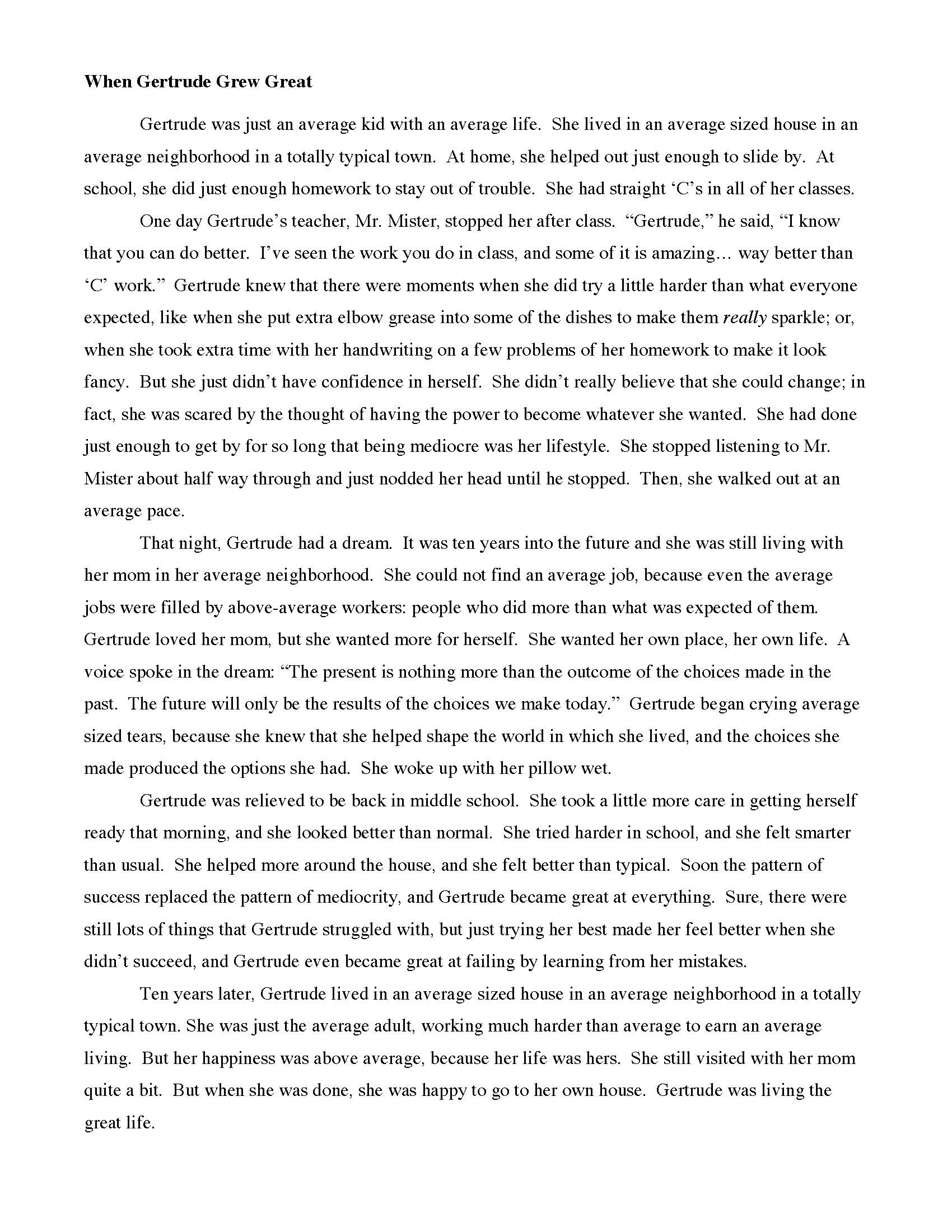





Still looking for more worksheets about story structure and plot? Here's one more! This story is about a young man who overcomes an internal problem created by negligent family member. Students read the story and then complete a reading skill sheet that includes an analysis of the narrative structure. Suggested reading level for this text: Grade 3-7.
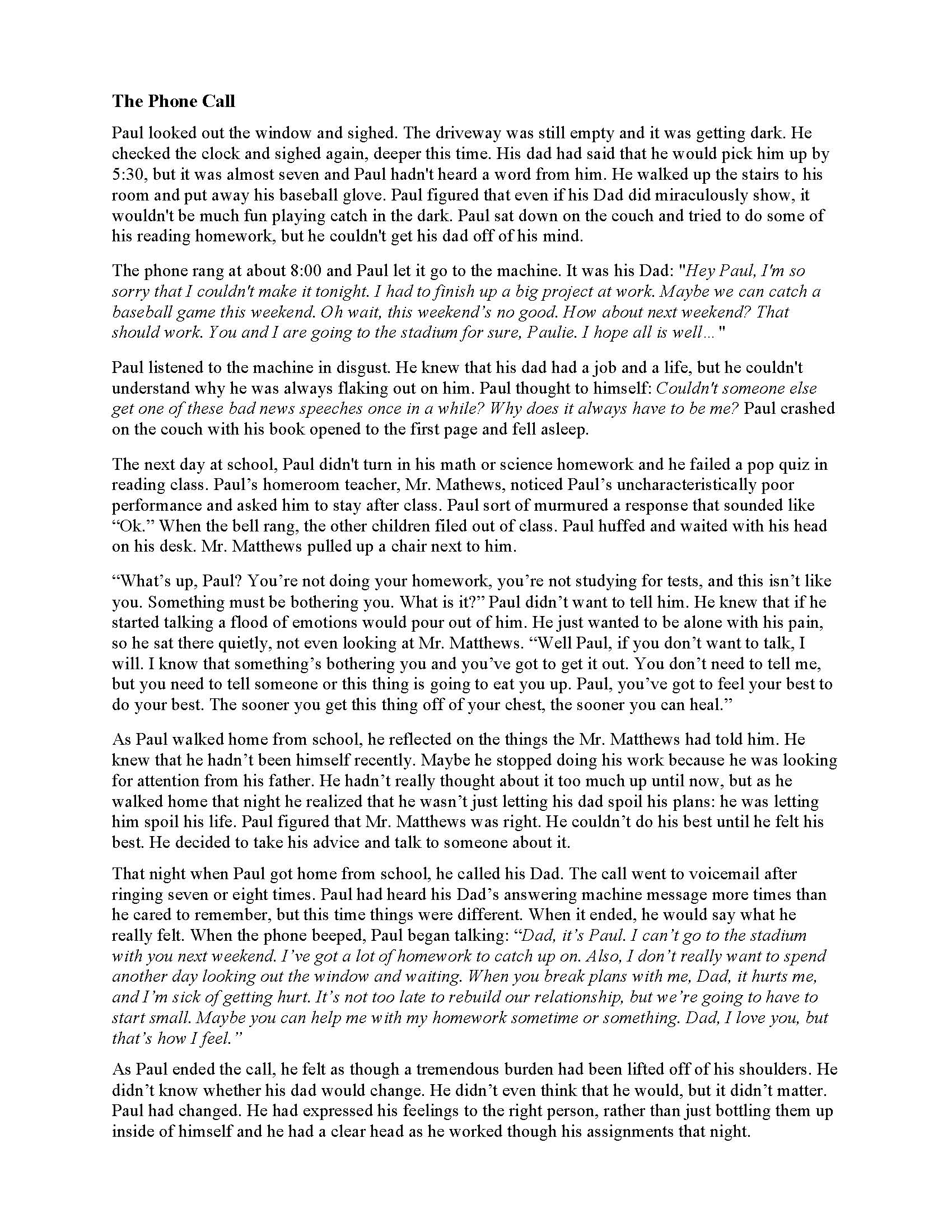





Here is another story structure worksheet. This one is about a spaceman who saves his colony. Students will identify story elements and structure. I use the included reading skill sheets with most of the stories in the text book to perform ongoing skill checks. Suggested reading level for this text: Grade 5-9.
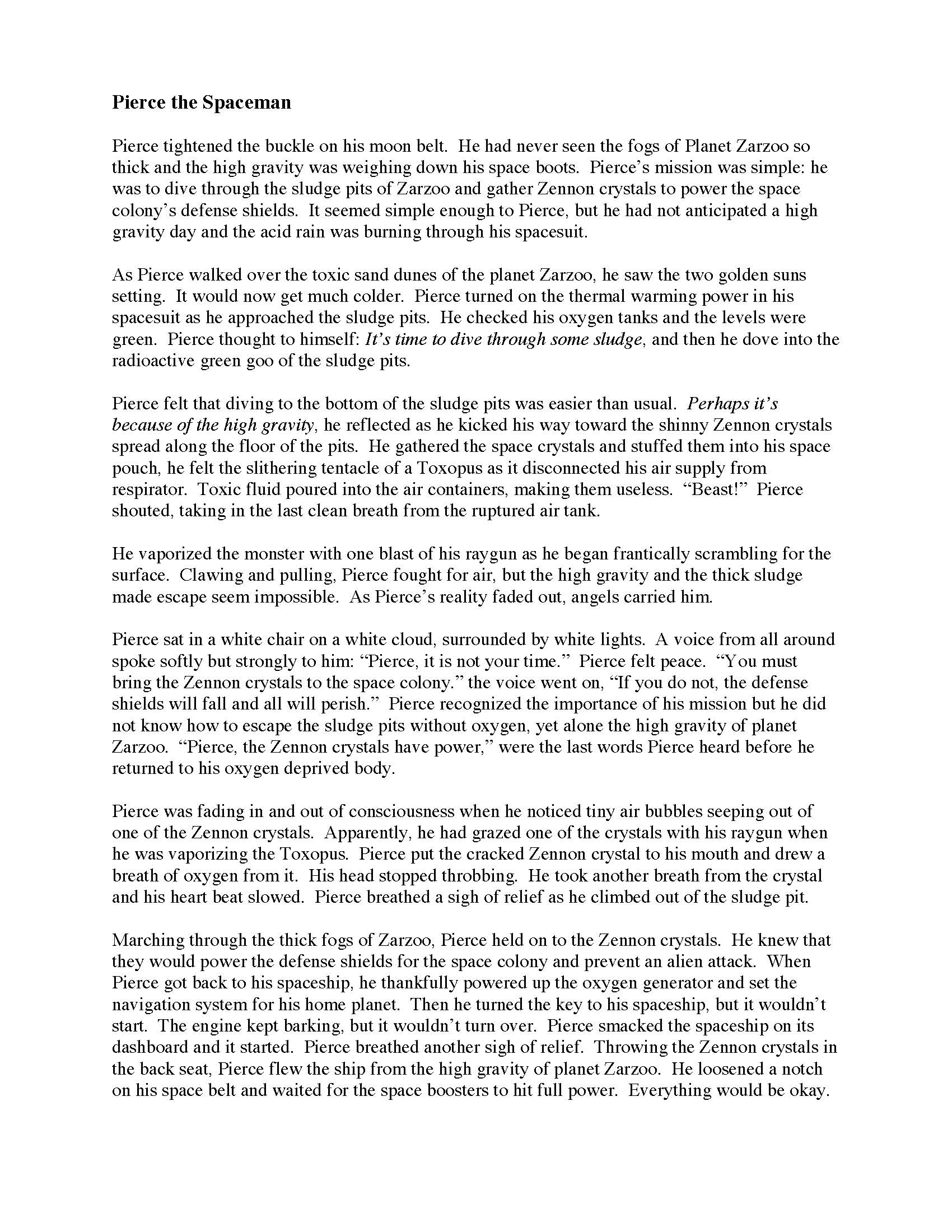




Here's another worksheet to help students review plot, story structure, and elements of literature. This one features a story about a student who learns to resist peer pressure. Students read the story and complete an activity sheet covering story structure and other reading skills. Suggested reading level for this text: Grade 4-8.
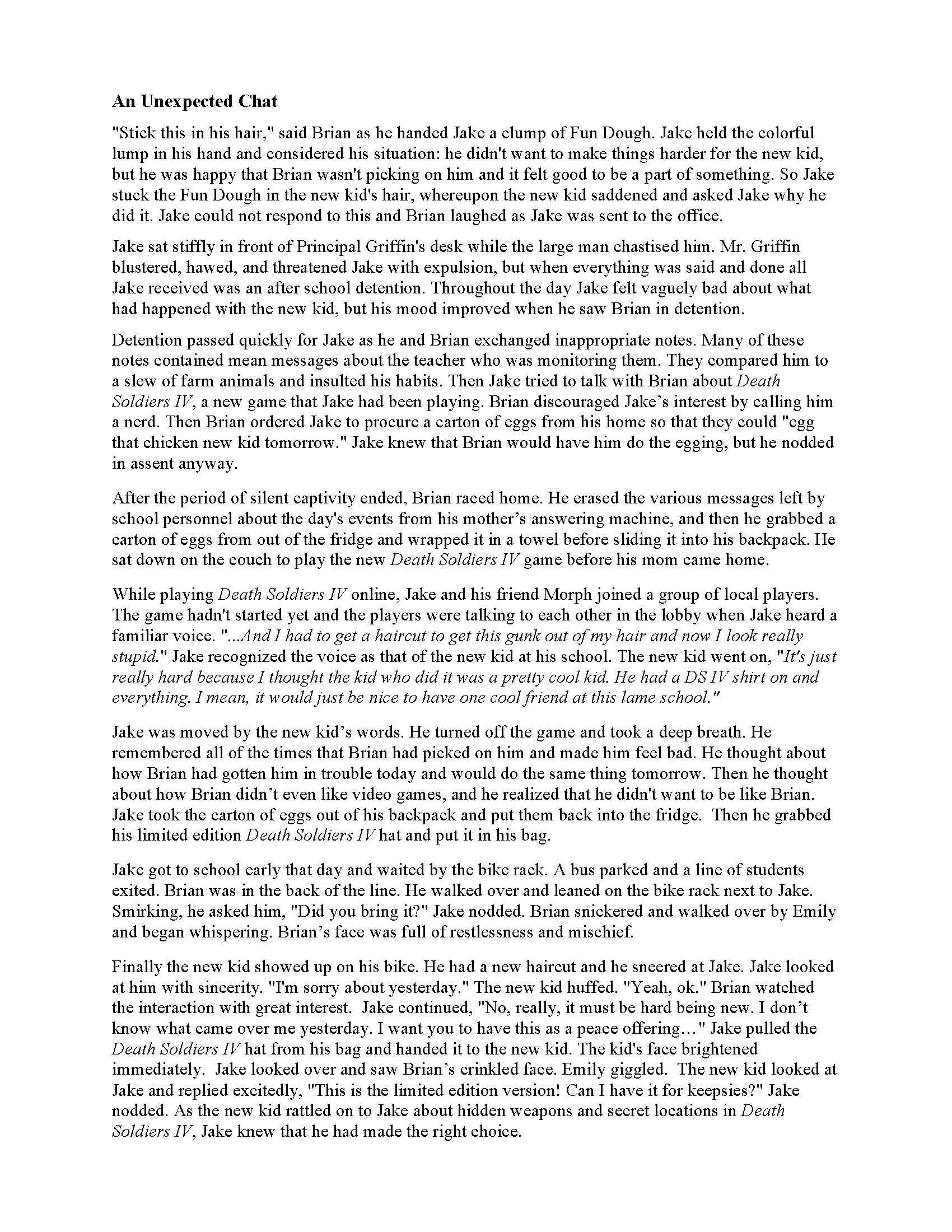




Here is yet another worksheet to help students review plot, story structure, and elements of literature. This story is about a young girl who is faced with a difficult decision: she finds a wallet that does not belong to her. After reading the short story, students complete an activity covering story structure and other reading skills. Suggested reading level for this text: Grade 4-8.
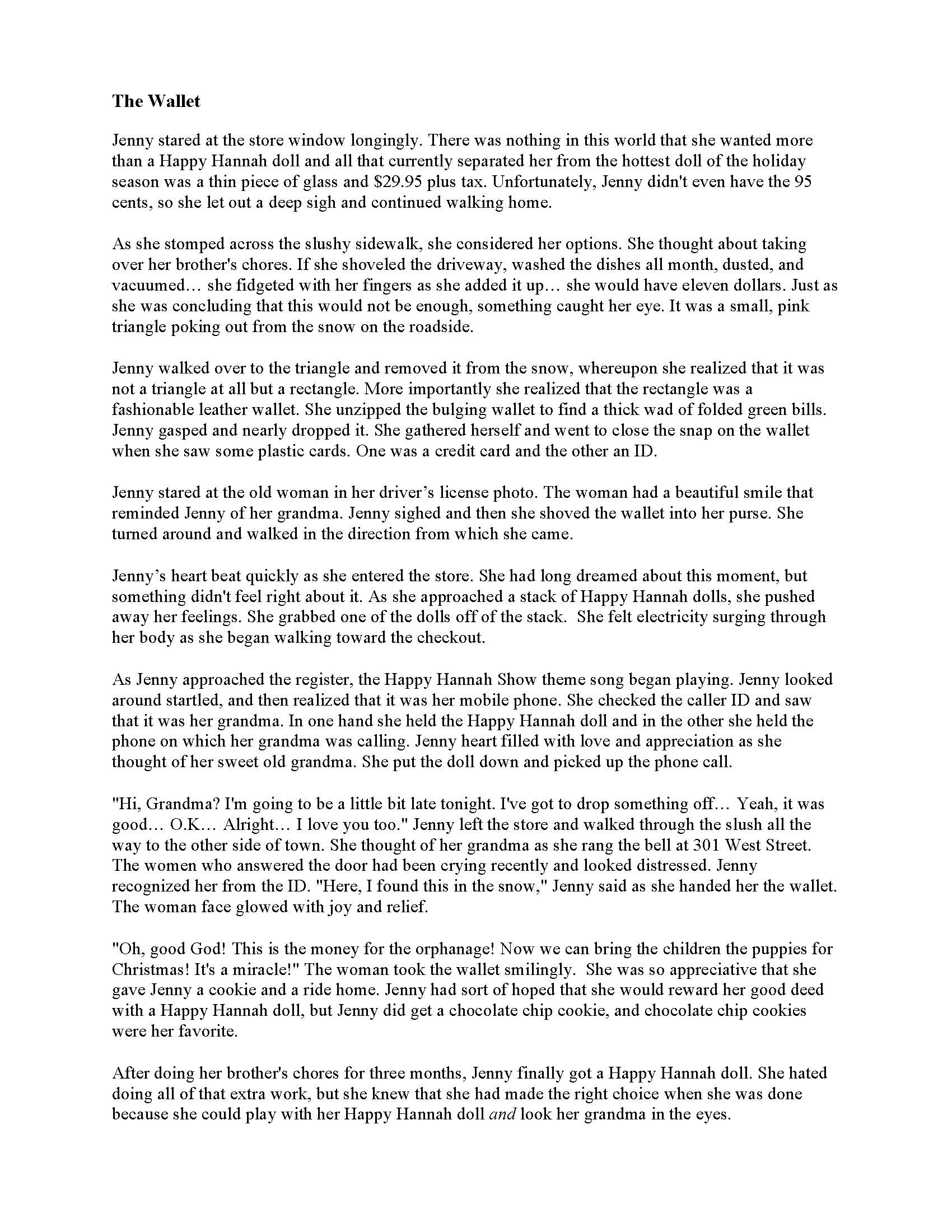




Here is one more worksheet to help students review plot, story structure, and elements of literature. This story is about a once successful salesman who has difficulty adjusting to the modern ways of business. Students read the short story, analyze the structure of the story, and review reading skills. Suggested reading level for this text: Grade 5-9.
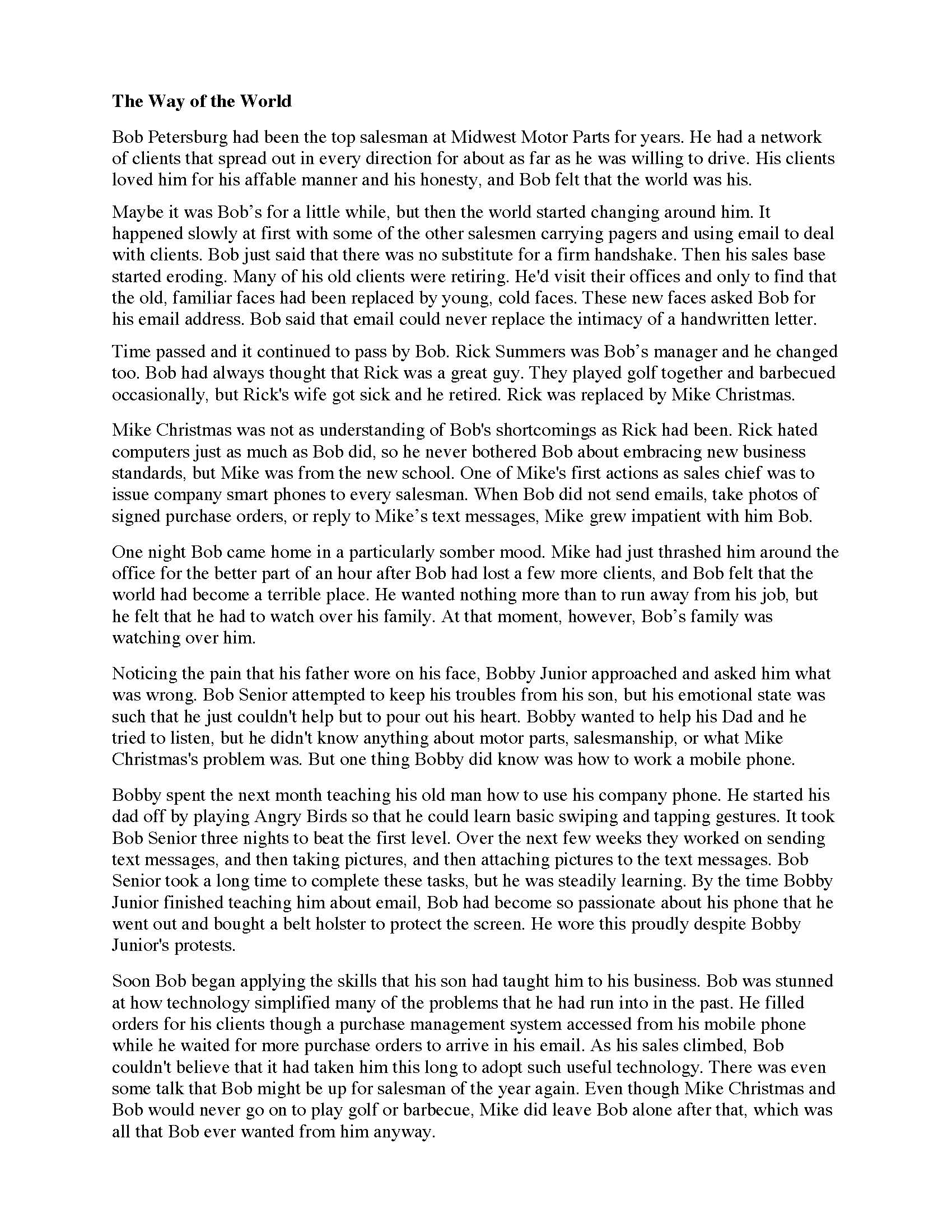




Use this story structure worksheet template with any applicable story that you and your students are reading. This activity sheet will provide students with a framework to help guide them toward identifying structural elements.
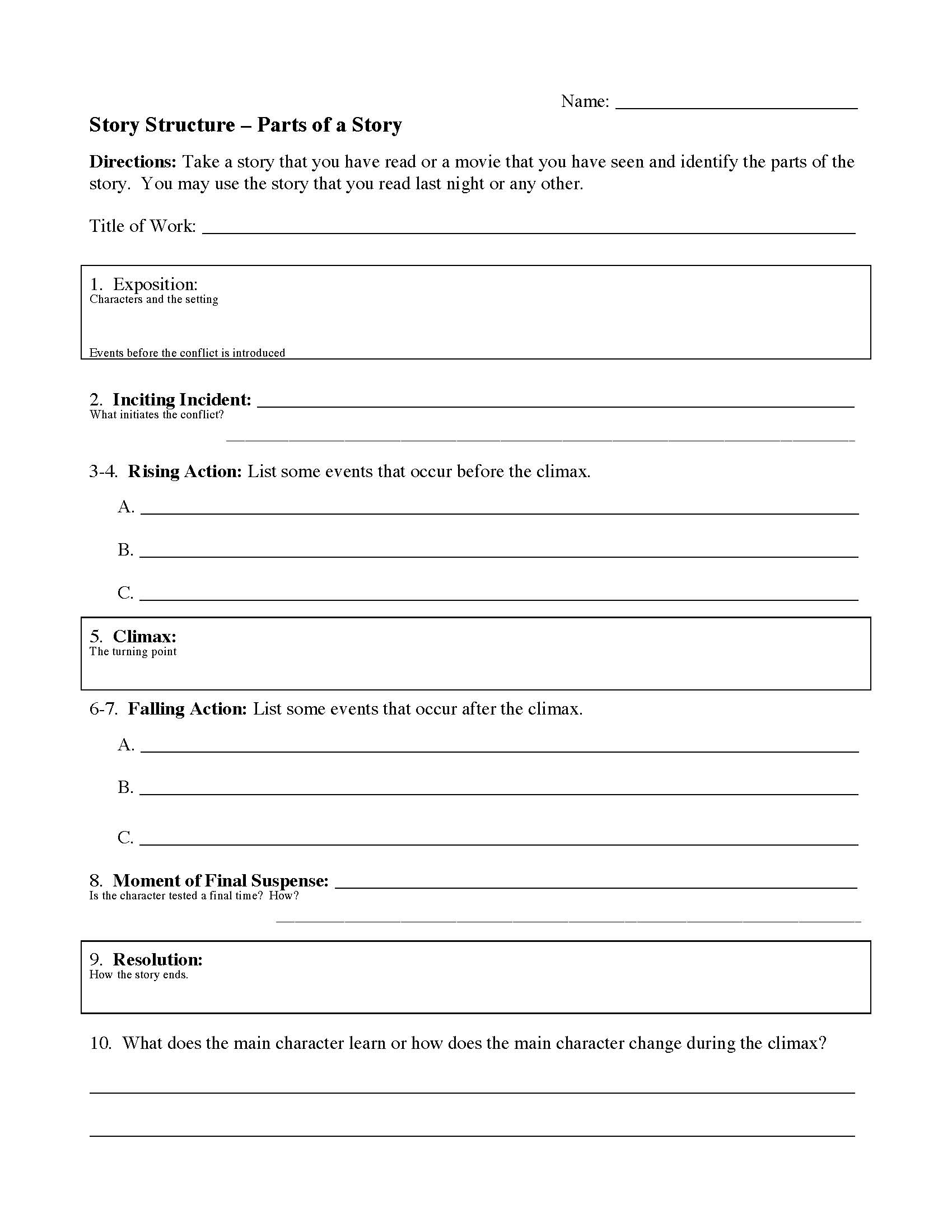



Here is a PowerPoint slideshow on Story Structure. Students read a short story called "Gertrude the Great." Then they are introduced to story structure terms like rising action, climax, resolution.
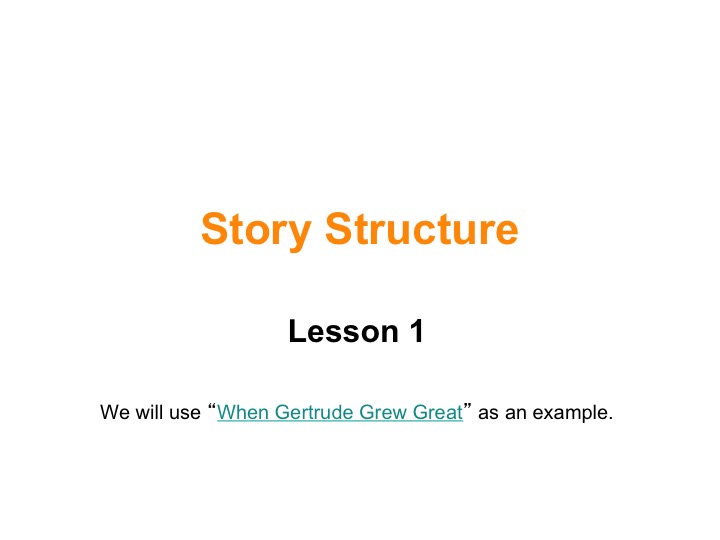


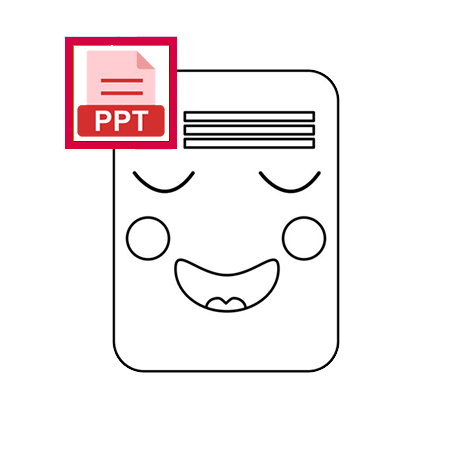
Here is another slideshow lesson on Story Structure. Students read a short story called "The Breakaway," a motivational story about an athlete who sustains an injury and has to find another way to succeed. Then they will analyze and identify structural elements of the story. Suggested reading level for this text: Grade 5-9.


 Lesson 2 if you want to print or send the files as-is." />
Lesson 2 if you want to print or send the files as-is." />

This is a story structure quizzed based on a short story called "Unto Others." Students read the story, which is about acceptance and redemption, and then they answer multiple choice questions about the structure of the story. Suggested reading level for this text: Grade 3-7.
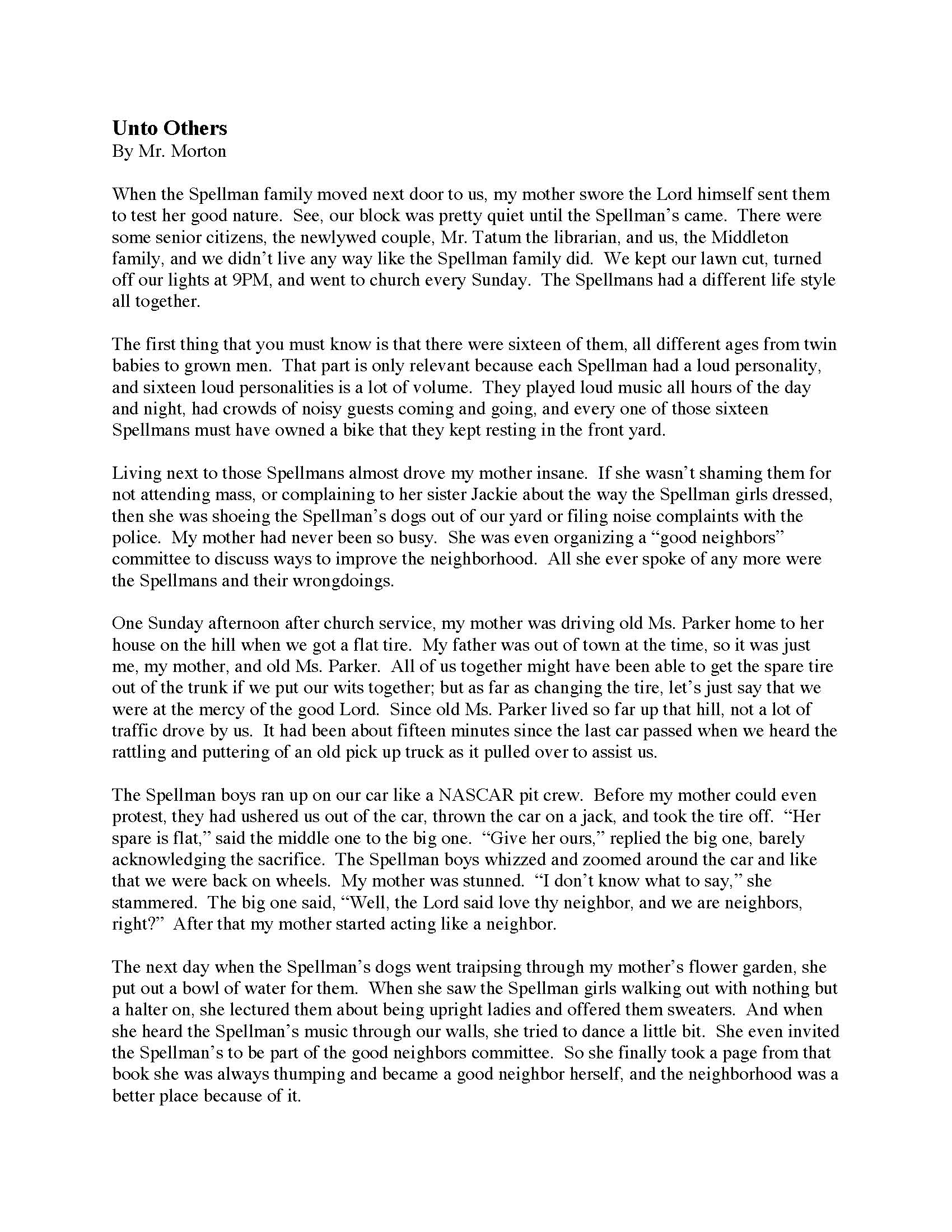





This is a story structure quizzed based on a short story called Blood is Thicker. It is about two sisters who are complete opposites. They must learn to work together to achieve their goals. Students read the short story and answer multiple choice questions about the structure of the story. Suggested reading level for this text: Grade 4-8.
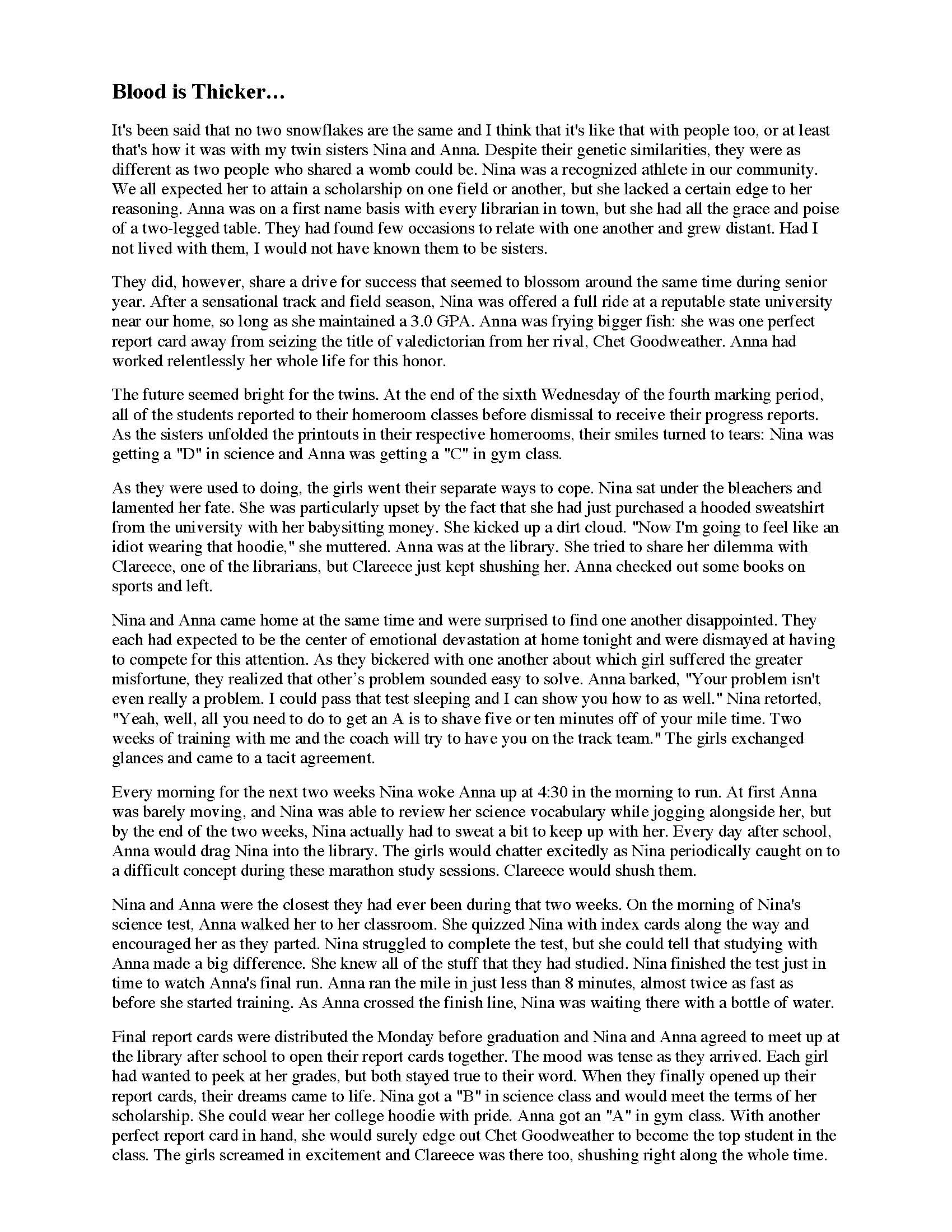





This is a story structure quizzed based on a short story called Time Warriors. Alex is dismayed when his mother forces him to take his little brother with him to a friend's house. He learns to appreciate him by the end of the story. Students read the short story and complete multiple choice questions about the structure of the narrative. Suggested reading level for this text: Grade 3-7.
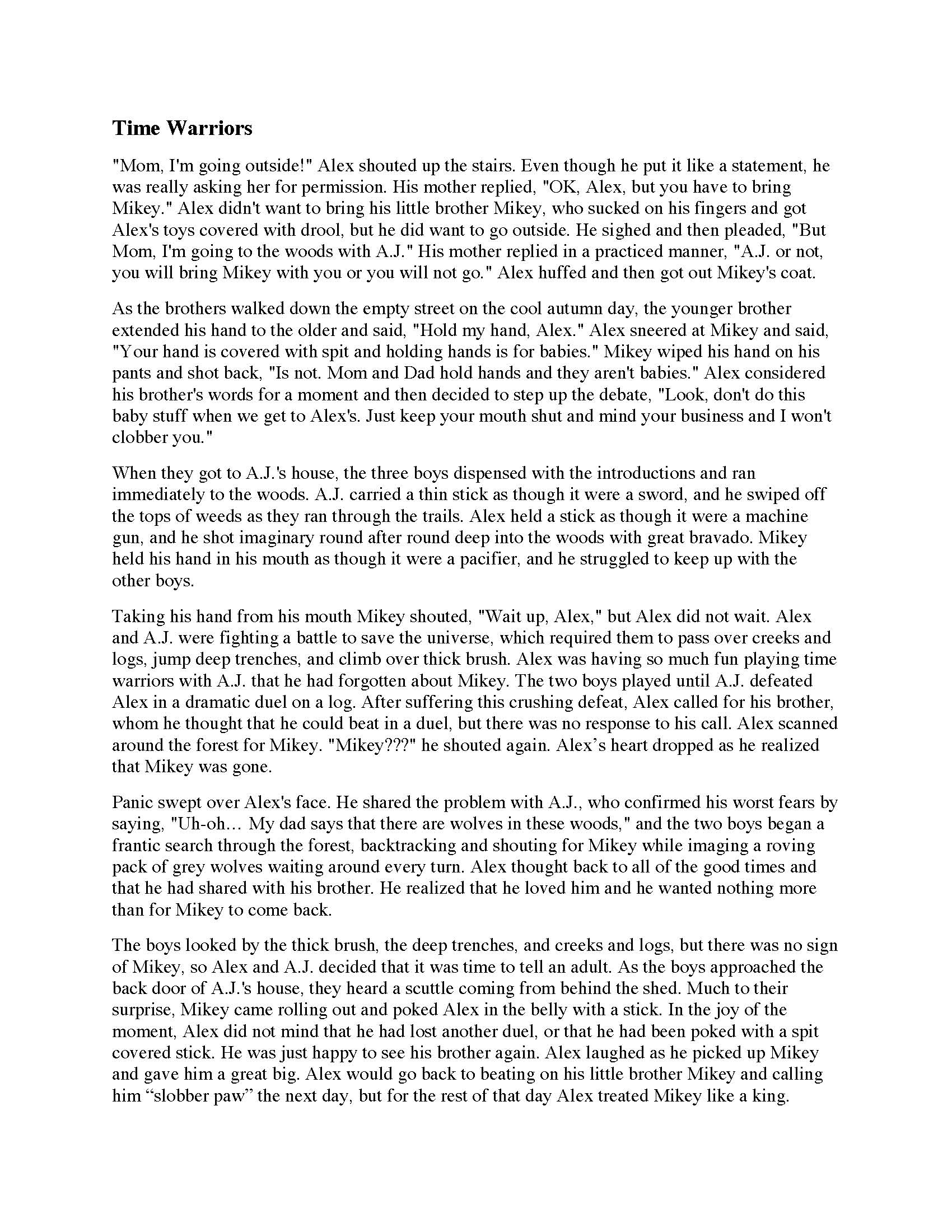




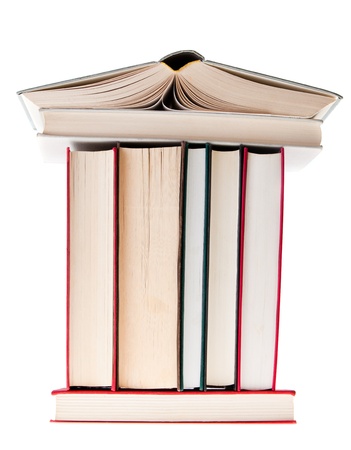
That's not quite what I meant when I said story structure.
R.5 - Analyze the structure of texts, including how specific sentences, paragraphs, and larger portions of the text (e.g., a section, chapter, scene, or stanza) relate to each other and the whole.
RL.2.5 - Describe the overall structure of a story, including describing how the beginning introduces the story and the ending concludes the action.
RL.3.5 - Refer to parts of stories, dramas, and poems when writing or speaking about a text, using terms such as chapter, scene, and stanza; describe how each successive part builds on earlier sections.
RL.4.5 - Explain major differences between poems, drama, and prose, and refer to the structural elements of poems (e.g., verse, rhythm, meter) and drama (e.g., casts of characters, settings, descriptions, dialogue, stage directions) when writing or speaking about a text.
RL.5.5 - Explain how a series of chapters, scenes, or stanzas fits together to provide the overall structure of a particular story, drama, or poem.
RL.6.5 - Analyze how a particular sentence, chapter, scene, or stanza fits into the overall structure of a text and contributes to the development of the theme, setting, or plot.
RL.7.5 - Analyze how a drama’s or poem’s form or structure (e.g., soliloquy, sonnet) contributes to its meaning.
RL.8.5 - Compare and contrast the structure of two or more texts and analyze how the differing structure of each text contributes to its meaning and style.
RL.9-10.5 - Analyze how an author’s choices concerning how to structure a text, order events within it (e.g., parallel plots), and manipulate time (e.g., pacing, flashbacks) create such effects as mystery, tension, or surprise.
RL.11-12.5 - Analyze how an author’s choices concerning how to structure specific parts of a text (e.g., the choice of where to begin or end a story, the choice to provide a comedic or tragic resolution) contribute to its overall structure and meaning as well as its aesthetic impact.